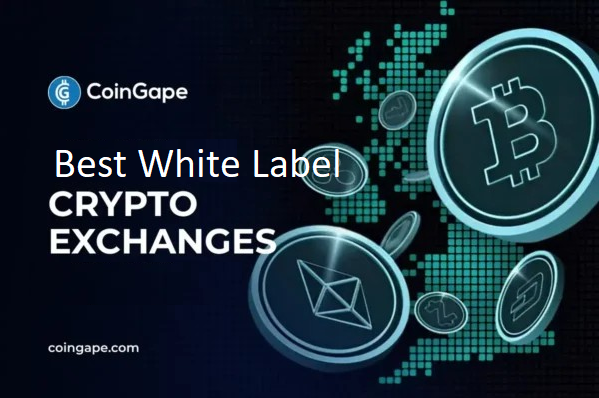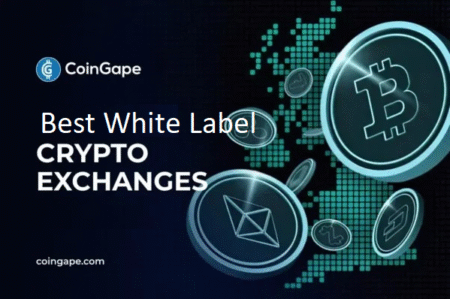The Rise of White Label Crypto Exchanges: Understanding the Landscape
Introduction to White Label Crypto Exchanges
Launching a cryptocurrency exchange from the ground up can be both time-consuming and capital-intensive. Instead, many businesses are turning to white label crypto exchanges as a solution. These platforms offer ready-made, customizable trading solutions that can be deployed with ease, often within a few weeks. As cryptocurrencies gain mainstream adoption, the demand for accessible exchange platforms is surging, particularly in emerging markets. This article aims to explore top white label providers, comparing their services, pricing, and support, while highlighting their significance in the crypto exchange landscape.
Key Players in the White Label Exchange Space
Several notable white label crypto exchange providers cater to varying organizational needs. ChangeNOW stands out as a non-custodial software that supports a wide range of cryptocurrencies and fiat currencies. It provides features like liquidity aggregation and customizable UI, making it a versatile option for businesses. Binance Cloud leverages Binance’s reputable technology stack, offering deep liquidity and robust security to users. The integration of Binance’s trading engine allows for reliability and scalability, making it a go-to option for larger ventures. Other players like HollaEx and ChainUp offer open-source solutions and enterprise-grade infrastructure, appealing to developers and businesses that value customization and compliance.
Benefits of Using White Label Solutions
White label crypto exchanges offer numerous advantages, primarily reducing the time and financial investment required to launch an exchange. Compared to building from scratch, which can take 6-12 months, a white label solution can typically be ready in just 2-6 weeks. This speed enables businesses to enter the market faster and capture a share of the growing crypto audience. Additionally, these platforms handle complexities like trading operations, liquidity management, and user accounts, allowing entrepreneurs to focus on branding and marketing without the heavyweight of technical infrastructures.
Key Features of White Label Exchanges
When selecting a white label service, several critical features should be considered. Essential functionalities include wallet integration for cryptocurrency storage, KYC/AML modules for compliance, and a robust admin dashboard for real-time control over operations. Moreover, liquidity providers help maintain stable trading conditions, while a strong trading engine ensures quick order matching. Security protocols, including two-factor authentication and encryption, protect users from potential threats. Providers like AlphaPoint and Binance Cloud exemplify the high security and performance standards that many businesses seek.
Choosing the Right Provider: What to Consider
While numerous options exist, choosing the right provider involves evaluating several factors such as pricing, support, and customization capabilities. For instance, while HollaEx provides a free tier and strong community support, AlphaPoint is tailored to meet the needs of institutions and regulated entities, making it a more costly but secure choice. Furthermore, businesses should weigh the benefits of each platform’s UI/UX, reliability, and the scalability of operations. Considering these elements can help determine which provider aligns best with a company’s vision and operational demands.
Conclusion: The Future of White Label Crypto Exchanges
With the increasing interest in digital assets, white label crypto exchanges represent an attractive option for startups and established firms alike. Their ability to provide a complete trading solution without the burdens of starting from scratch paves the way for innovation and faster market entry. As the cryptocurrency landscape continues to evolve, understanding these platforms’ available solutions will be vital for anyone looking to capitalize on the burgeoning crypto market.



